Curry Chronicles: A Spicy Journey from the East to Your Plate 🌶️🌍
Description:
In this article, we explore the fascinating origins of curry, tracing its roots through history, culture, and geography. From ancient Indian kitchens to modern global fusion dishes, discover how this beloved dish became a culinary cornerstone across continents.
Table of Contents
- A Sizzling Introduction to Curry
- Where Did Curry Actually Come From?
- The Magic in the Masala: Spice Blends That Define Curry
- Curry’s Global Adventure: From India to Japan, Thailand to Jamaica
- Curry at Home: Tips for the Modern Kitchen Alchemist
- Myths vs. Facts: Clearing the Curry Confusion
- The Future of Curry: Trends & Innovations
- Conclusion: A Dish Without Borders
A Sizzling Introduction to Curry
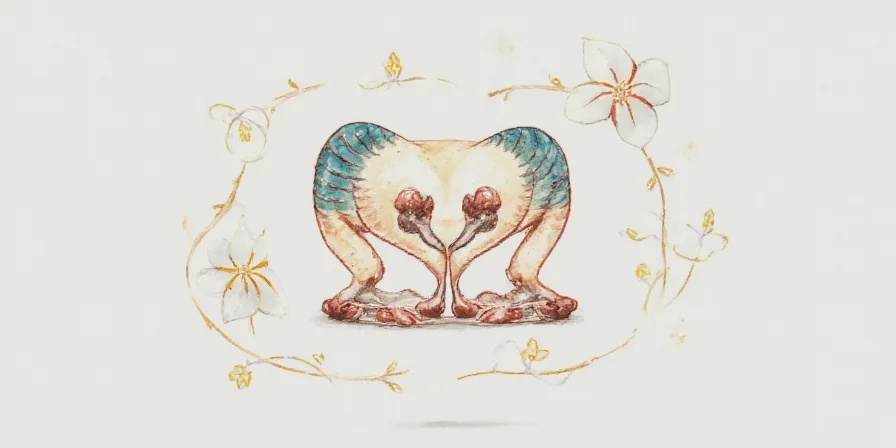
Curry is more than just a word—it's an aromatic experience, a flavor explosion wrapped in centuries of history. But here's the twist: there's no single “curry.” It's a concept, a cooking method, a blend of spices, and sometimes even a sauce. So, where did it really come from? Buckle up—we're going on a flavor-packed journey through time and taste!
Where Did Curry Actually Come From?
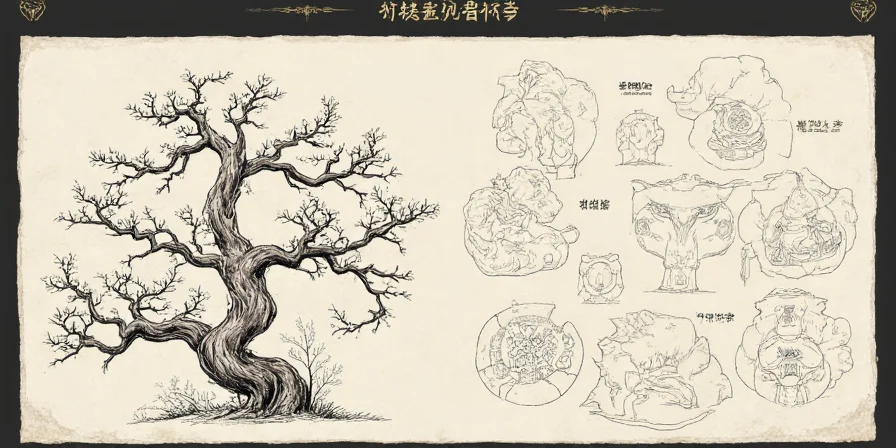
Let’s start by busting the biggest myth: curry isn’t originally a British invention. In fact, it's rooted deeply in South Asia, especially India, where people have been using complex spice blends for thousands of years. The term “curry” itself comes from the Tamil word kari, meaning sauce or relish.
The Early Days of Curry
- Pre-Vedic times (before 1500 BCE): Use of turmeric, ginger, and black pepper.
- Vedic period: Introduction of mustard seeds and cumin.
- Gupta era: Regional variations began to take shape—north, south, east, and west all developed their own unique spice profiles.
| Region | Key Ingredients | Signature Dishes |
|---|---|---|
| South India | Coconut, curry leaves, mustard seeds | Kerala fish curry, sambar |
| North India | Dairy, garam masala, tomatoes | Butter chicken, rogan josh |
| East India | Mustard oil, panch phoron (five-spice mix) | Machher jhol, kosha mangsho |
| West India | Peanuts, tamarind, kokum | Vindaloo, pav bhaji |

The Magic in the Masala: Spice Blends That Define Curry
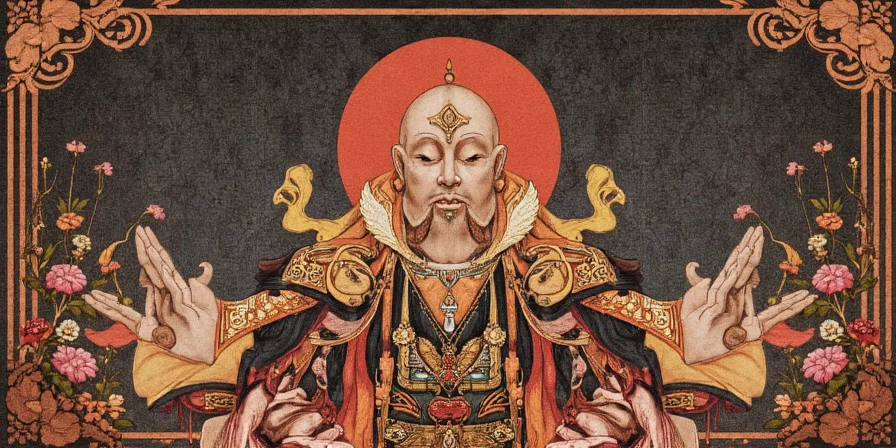
Curry powders are not one-size-fits-all! Each region has its signature spice blend. Let’s break down some of the most iconic ones:
- Garam Masala: Warming spices like cinnamon, cardamom, cloves, and black pepper. Used in North Indian curries for depth and heat.
- Panch Phoron: Bengali five-spice mix with fennel, nigella, cumin, fenugreek, and mustard seeds. Perfect for slow-cooked stews.
- Sambar Powder: Toasted lentils, coriander, red chilies, and asafoetida. Essential for making South Indian sambar.
- Kerala Curry Powder: Smoky, earthy flavors with dry coconut, star anise, and poppy seeds. Great for seafood curries.
Curry’s Global Adventure: From India to Japan, Thailand to Jamaica
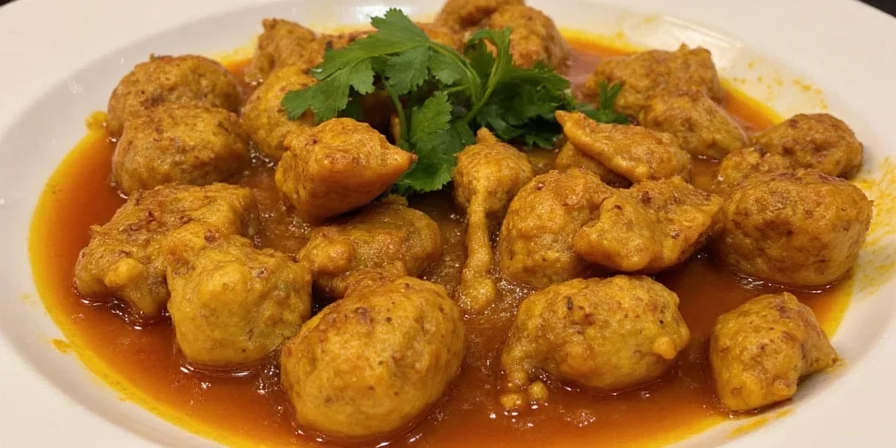
Curry didn’t stay in India—it went on a world tour. Thanks to colonization, migration, and globalization, curry became a global citizen. Here’s how different cultures embraced and redefined it:
British Curry: Chicken Tikka Masala – The Accidental National Dish
- Popularized in the 1970s by Indian restaurants in the UK.
- Created by a Pakistani chef who added tomato soup to grilled tikka to keep it moist.
- Became so beloved that then-Foreign Secretary Robin Cook called it Britain’s “true national dish” in 2001.
Japanese Curry: Katsu Kare Raisu
- Introduced by the British Royal Navy in the late 1800s.
- Thickened with flour, less spicy, served with rice and breaded pork cutlet (katsu).
- Now sold in instant curry roux blocks in supermarkets.
Jamaican Curry: Island Twist with Scotch Bonnet Heat
- Brought by Indian indentured laborers in the 19th century.
- Uses hotter peppers and allspice for a Caribbean kick.
- Popular in dishes like goat curry and roti wraps.
Thai Curry: Green, Red, Yellow – Oh My!
- Spices blended into a paste with lemongrass, galangal, and kaffir lime leaves.
- Creamy coconut milk balances the heat in green and yellow curries.
- Red curry brings the fire with extra chilies.
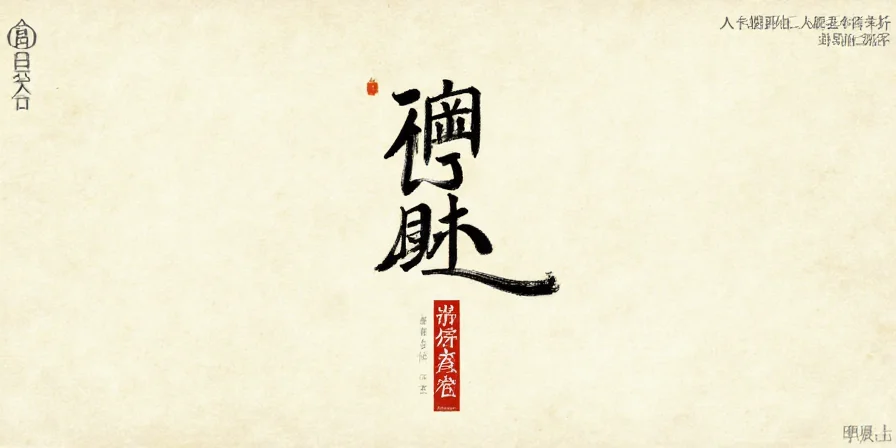
Curry at Home: Tips for the Modern Kitchen Alchemist

Whether you’re a pro in the kitchen or just getting your hands dirty with spices, these tips will help you master curry at home:
Top 5 Curry-Making Hacks
- Toast your spices first. A quick toast in oil or dry pan unlocks intense aromas.
- Layer flavors like a boss. Start with onions, garlic, ginger, then add spices before protein or veggies go in.
- Add acid for balance. Tamarind, vinegar, or lemon juice can elevate a flat curry instantly.
- Don’t rush the simmer. Slow cooking allows spices to marry beautifully.
- Garnish for glory. Fresh cilantro, fried onions, yogurt, or lime wedges add contrast and flair.
Myths vs. Facts: Clearing the Curry Confusion

Let’s separate fact from fiction when it comes to curry lore:
| Myth | Fact |
|---|---|
| Curry is a single spice blend. | Curry varies widely by region and cook—there’s no universal recipe. |
| All curries are super spicy. | Heat level depends on the type of chili used and how much is added. |
| “Curry powder” is traditional in India. | It was largely a colonial creation; Indians typically use fresh ground spices. |
| Only meat dishes are curries. | Vegetable, egg, paneer, and lentil curries are equally common and delicious. |
| Curry always has coconut milk. | Only certain regional styles, like Thai or South Indian, use coconut milk regularly. |
The Future of Curry: Trends & Innovations

Curry is evolving—and fast. Here’s what’s next for this age-old dish:
- Plant-based twists: Vegan curries using jackfruit, tofu, and chickpeas are taking over menus worldwide.
- Ready-to-eat convenience: Frozen curry kits and shelf-stable pouches make global flavors accessible to everyone.
- Fusion experimentation: Korean curry tacos, sushi curry rolls, and ramen curries are popping up in street food markets.
- Sustainable sourcing: Ethically sourced spices and eco-friendly packaging are becoming the norm.
- Smart kitchen tech: Apps that suggest curry recipes based on your pantry items, and AI-powered spice recommendations.
Conclusion: A Dish Without Borders
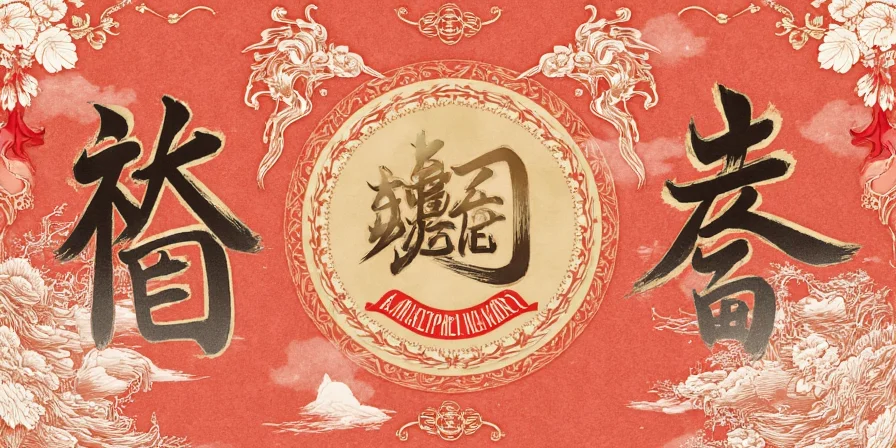
So, where does curry originate from? The answer is both simple and complex: it began in India, but its soul now lives everywhere. Curry is a testament to how food transcends borders, adapts to cultures, and tells stories of migration, resilience, and love.
From your kitchen counter to street carts in Bangkok, curry continues to unite people under one shared belief: life is better with bold flavors. So grab your ladle, crank up the heat, and let the magic of curry whisk you away—one bite at a time.

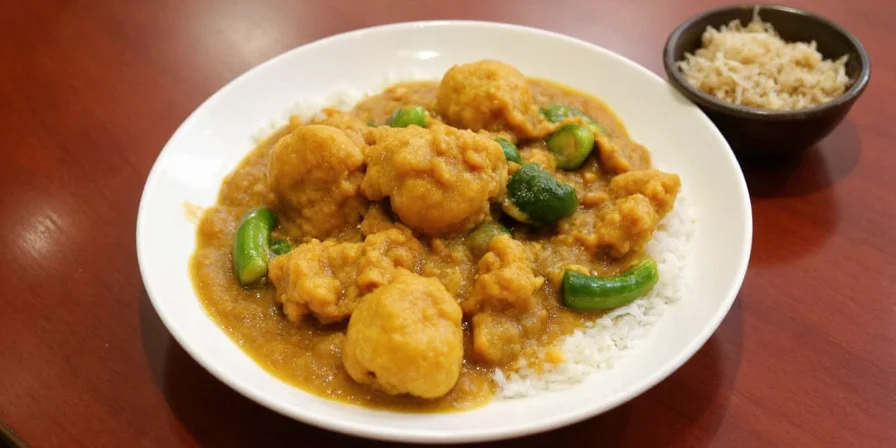









 浙公网安备
33010002000092号
浙公网安备
33010002000092号 浙B2-20120091-4
浙B2-20120091-4